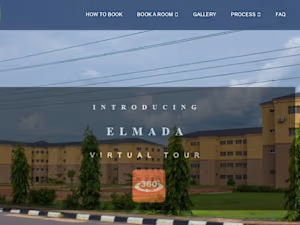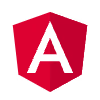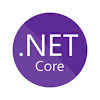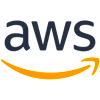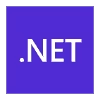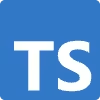Sofware Engineering
Contact for pricing
About this service
Summary
What's included
Project Management and Documentation:
Requirements Document: A detailed list capturing all features, functionalities, and constraints of the project. Design Mockups & Wireframes: Visual representations of user interfaces. System Architecture Diagrams: Visual representations of how different components of the application interact. Project Timeline & Milestones: Outlines phases of the project, from initiation to completion. User Stories or Use Cases: Detailed descriptions of the functionalities from a user perspective
Backend Development Deliverables:
Database Schema: Defines the structure of the database including tables, relationships, triggers, etc. API Endpoints: Fully functional set of RESTful (or GraphQL) services. Authentication & Authorization System: Mechanism for user registration, login, and access control. Integration Tests: Ensures that various backend components work as intended. Backend Deployment Scripts: Automation scripts for deploying the backend.
Frontend Development Deliverables:
Interactive UI: The visual interface of the application. Responsive Design: Ensures the application looks good and functions well on all device sizes. Static Assets: Images, fonts, and other static files necessary for the frontend. Client-Side Validation: Ensures forms and inputs are validated before being sent to the server. Frontend Deployment Scripts: Automation scripts for deploying the frontend.
Infrastructure and Deployment:
Server Configuration and Deployment: Instructions or automation tools/scripts for deploying the application. Domain Setup: Configuring the domain name to point to the server. SSL Certificate Installation: For HTTPS setup. Backup and Recovery Strategy: Mechanism to back up data and restore it if needed.
Testing and Quality Assurance:
Unit Tests: Tests individual parts of the software for correctness. End-to-End Tests: Ensures the application as a whole works as intended. Performance Tests: Ensures the application performs well under load. QA Reports: Detailed reports from manual testing, listing any bugs or issues found.
Training and Handover:
User Manual: Detailed guide on how to use the application. Technical Documentation: For the client's technical team or for future developers. Training Sessions: Either in-person or virtual walkthroughs of the application for the client. Source Code: All developed code, preferably version-controlled (e.g., in a Git repository).
Post-deployment and Maintenance (if part of the agreement):
Monitoring and Analytics Setup: Tools that provide insights into application usage and performance. Regular Updates: Patches or updates as per changing requirements or to fix bugs. Support and Maintenance: A defined period where you will address any issues or provide assistance.

